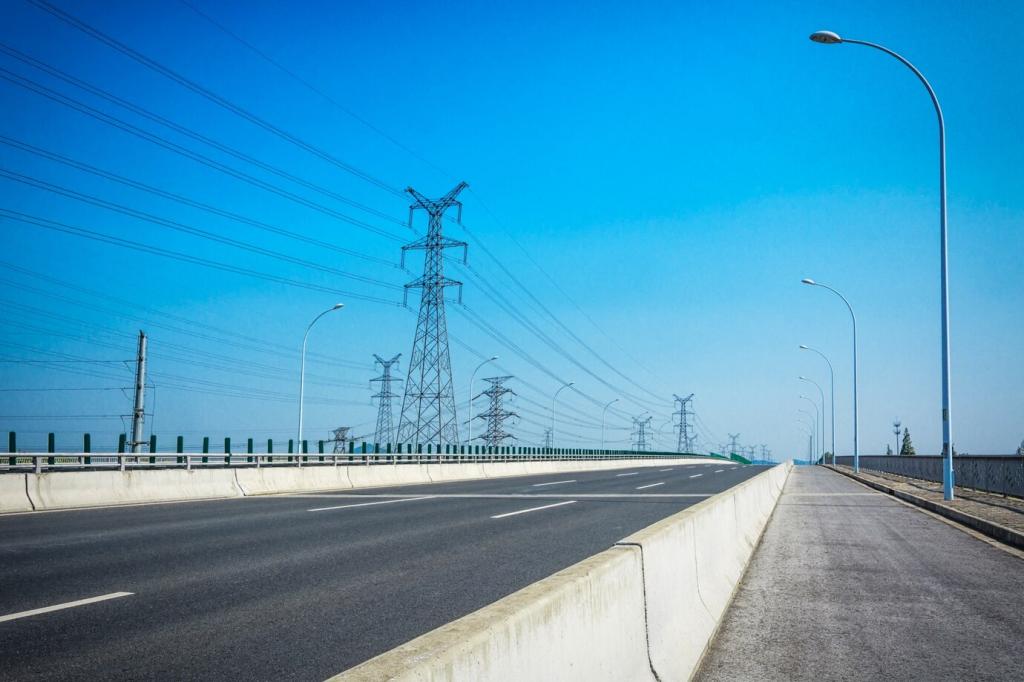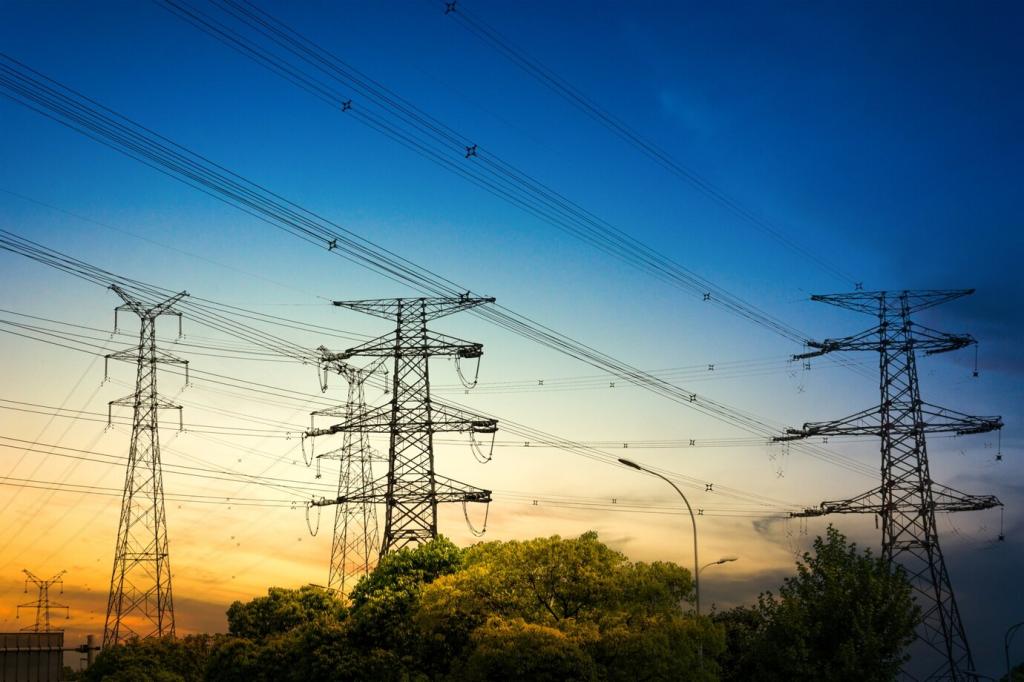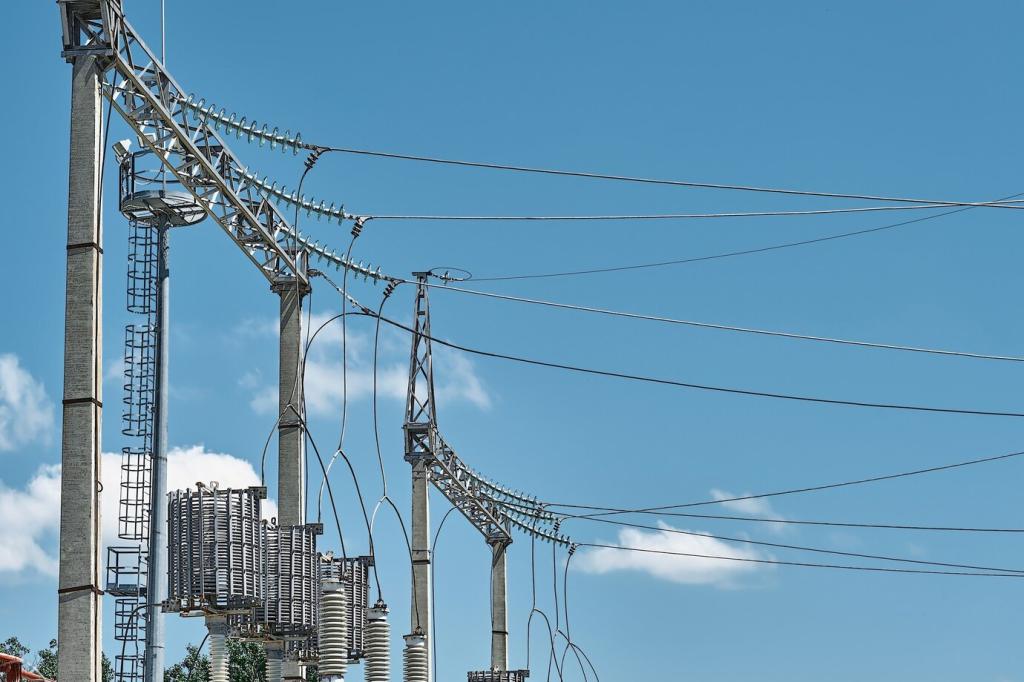Challenges in Smart Grid and EV Charging Integration
Chosen theme: Challenges in Smart Grid and EV Charging Integration. As cities electrify mobility, the grid meets a new, fast-growing load—chargers that surge when people commute, shop, and sleep. Here we explore the technical, human, and policy hurdles, and invite you to share insights and subscribe for ongoing, real-world lessons.

Grid Stability and Peak Load Management
A single 150 kW fast charger draws as much power as dozens of homes; ten in one plaza can exceed a megawatt. Without coordination, coincident charging during commute hours spikes demand, drives congestion, and forces costly upgrades. How is your community handling clustering risks?
Grid Stability and Peak Load Management
Distributed Energy Resource Management Systems throttle and stagger sessions using feeder headroom, TOU signals, and renewable forecasts. Algorithms shift flexible charging into low-demand valleys, stabilizing frequency and voltage. Comment if your utility has piloted AI-based orchestration or price-based load shaping.


Interoperability, Protocols, and Reliability
OCPP 1.6J and 2.0.1 govern charger–backend control, while ISO 15118 enables Plug & Charge and secure contracts. Mixing versions across fleets can trigger session drops or metering gaps. What combinations have worked best for you across diverse EV models and networks?
Pricing, Demand Response, and Consumer Behavior
01
TOU rates shift flexible charging to off-peak, while real-time pricing can unlock deeper savings but needs good UX. Critical peak pricing discourages charging during grid stress. Which tariff structures balanced simplicity, fairness, and measurable peak reduction in your pilots?
02
Fleets plug into OpenADR signals to pause or modulate charging during grid events. Aggregators bundle thousands of ports into reliable capacity. If you operate fleets, what enrollment incentives and performance guarantees would make you comfortable committing to DR events?
03
Friendly notifications, default off-peak scheduling, and visible carbon savings persuade more than harsh penalties. Social proof and gamified milestones sustain habits. Have app prompts or community challenges helped your drivers shift charging without complaint? Share your data-backed stories.

Renewables, Flexibility, and Vehicle-to-Grid
Forecasts shift charging into midday solar peaks or overnight wind. Smart home energy management balances HVAC and car needs. How have you integrated inverter data and weather forecasts to make renewable-aligned charging effortless for households and fleets?

Equity, Access, and the Urban–Rural Divide
Curbside pilots use lamppost power and load balancing to avoid feeder upgrades. Smart sockets enforce current limits while protecting street lighting. Which cities have nailed the balance between accessibility, reliability, and preserving headroom for safety-critical municipal loads?
Equity, Access, and the Urban–Rural Divide
Sparse grids struggle with DC fast hubs. Solar-plus-storage and microgrids buffer demand spikes and provide backup during storms. What financing models—community ownership, grants, or utility rate-basing—have made rural charging both resilient and affordable for travelers and locals?


